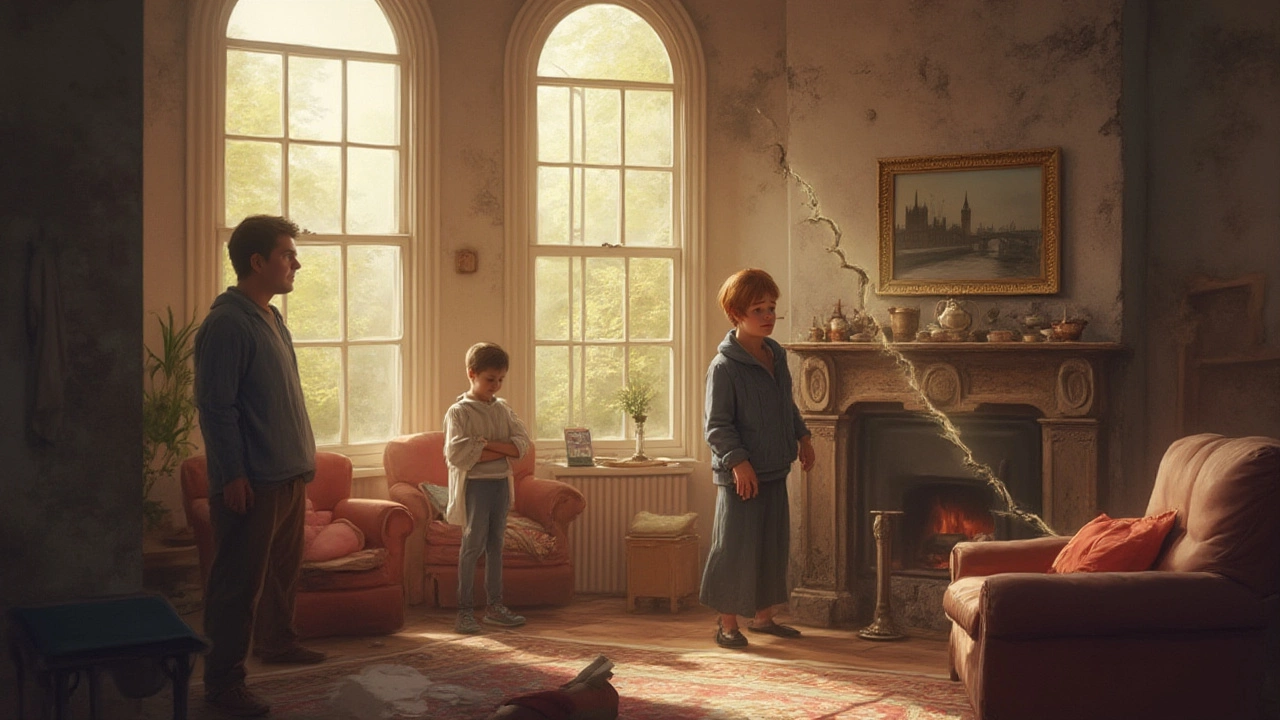House Safety: Simple Steps to Protect Your Home
Ever notice a hairline crack in a wall and wonder if it’s harmless? Those little signs can turn into big problems if you ignore them. In this guide we’ll break down the most common safety issues in a house, give you clear actions you can take today, and tell you exactly when it’s time to call in a professional.
Spotting Common Hazards Before They Grow
First up: cracks. A vertical crack a few millimetres wide in drywall is usually just settling. A horizontal crack in a foundation, however, often means pressure from soil or water. Measure the crack, note its direction, and check if it’s getting bigger. If it spreads or you see uneven floors, call a foundation specialist. The same goes for ceiling cracks—especially after heavy rain—they could point to roof leaks.
When to Call the Professionals
Roof work is another area where DIY can get pricey fast. The cost spikes because you’re dealing with height, safety gear, and the need for proper flashing. If you hear consistent drips after a storm or see missing shingles, get a roofer on the job sooner rather than later. Skipping the repair often leads to water damage inside walls, which can cause mold growth.
Mold isn’t just an eyesore; it can make you sick. Look for a musty smell, black spots on bathroom tiles, or water stains on windows. If the area is larger than a few square feet, it’s best to hire a mould remediation expert. Small spots can be cleaned with a bleach solution, but wear gloves and a mask to protect yourself.
Kitchen and bathroom remodels bring hidden risks too. Installing a new bathtub or vanity means you’ll be working around plumbing lines. Follow a clear renovation order: start with demolition, then rough‑in plumbing and electrical, finish with walls, then fixtures. Skipping steps often leads to leaks that damage floors and cause slip hazards.
Electrical safety is easy to overlook. If a circuit breaker trips repeatedly, don’t just reset it. It could signal overloaded wiring or a short. Turn off the power at the main panel and have a qualified electrician inspect it. The same rule applies to old gas appliances—any strange smells or clicking noises need a professional check.
When you’re unsure, use the “DIY or call‑out” rule: if the task involves structural elements (foundation, load‑bearing walls, roof decking) or requires licences (electrical, gas), call a pro. For cosmetic fixes—painting, tightening loose cabinet hinges, cleaning mould from a small area—you can usually handle it yourself.
To keep your home safe all year round, make a quick monthly checklist: look for new cracks, test smoke and carbon‑monoxide alarms, inspect roof gutters, and sniff for damp smells. Catching issues early saves money and protects your family’s health. Stay proactive, and your house will stay safe and sound.

